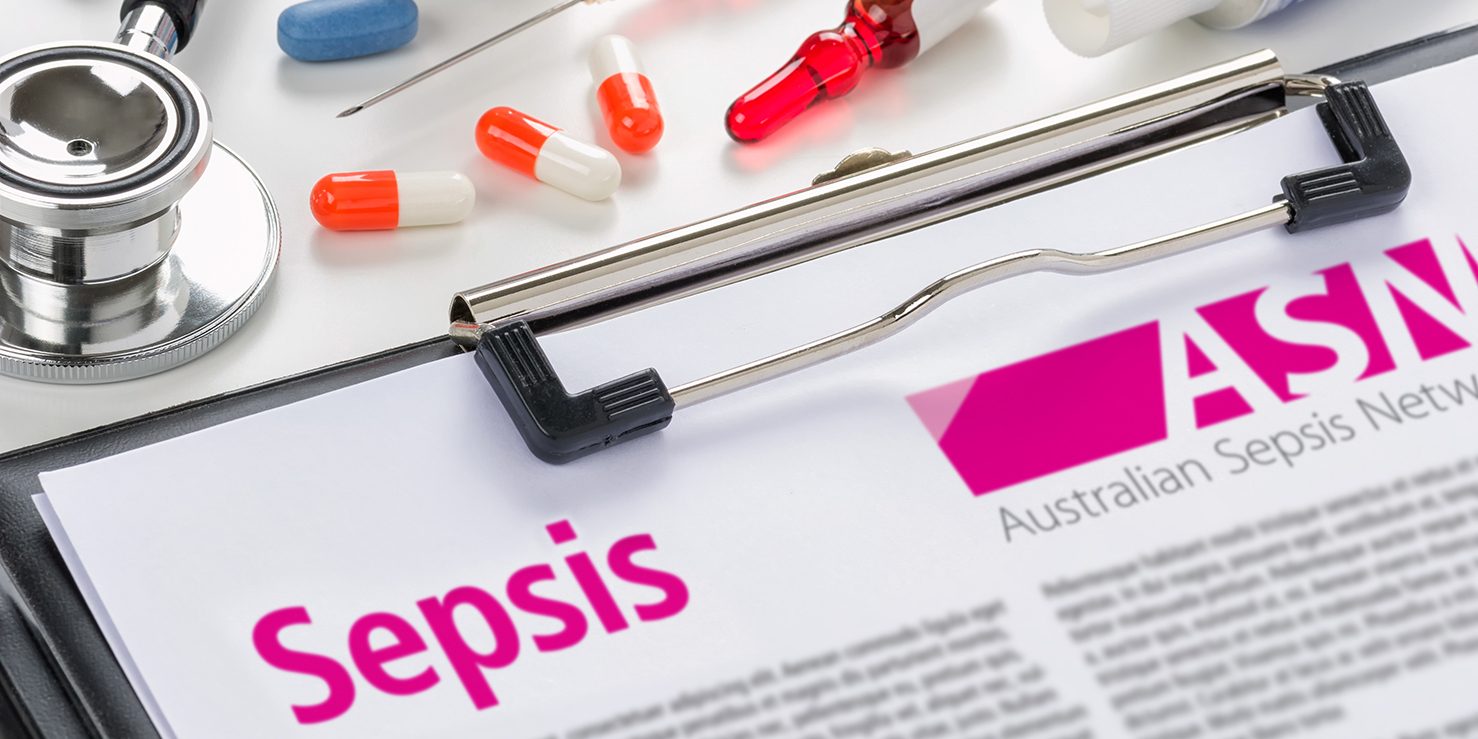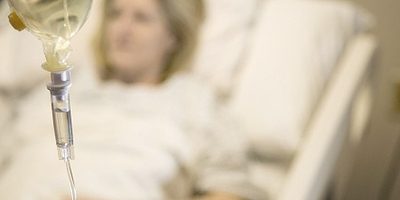
Rates of Sepsis have been hugely underestimated, according to a new study
The number of people with sepsis in Australian intensive care units (ICUs) is 50% higher than previously reported. The report from Royal North Shore Hospital and The George Institute for Global Health also found death rates for sepsis had been underestimated by 10%, with around a third of patients with sepsis in ICUs losing their lives.
Senior author Professor Simon Finfer, of The George Institute for Global Health, said the findings published in the Medical Journal of Australia presented a clearer picture of the incidence of sepsis in Australia.
“Sepsis is a devastating condition and it’s essential that both the public and policymakers are aware of just how many people are affected and how many people die each year.
In Australia, sepsis does not even appear in official death statistics and this needs to change. We need to improve awareness of sepsis and ensure that people are diagnosed quickly. Early treatment dramatically increases the chances they will survive.”
Sepsis is a life-threatening complication of infection where the bodies response to infection damages its own tissues and organs. Any delay in treatment with effective antibiotics increases the risk of organ failure and death.
Researchers at The George Institute and Royal North Shore Hospital assessed the diagnosis of sepsis in almost 900 patients – firstly employing the methods used previously to estimate the incidence of sepsis in ICUs and secondly using a clinical diagnosis of sepsis. The earlier estimates missed many cases of sepsis due to inaccurate coding and because they only recorded sepsis when patients first entered ICU rather than across the whole time they were in the unit. The findings of a 2014 study by the Australian and New Zealand Intensive Care Society claimed death rates had halved from 2000 to 2012. It received widespread media coverage.
Key Findings
- The incidence of sepsis in Australian intensive care units (ICUs) is 50% higher than previously thought
- The mortality rates for patients with sepsis in Australian ICUs is 10% higher than previously thought, 27%, not 17% as previously estimated.
- The number of patients with sepsis treated in Australian ICUs is now estimated at more than 18,000 per year with 5,000 of these patients dying.
Lead author Dr Manon Heldens, who conducted the study whilst at Royal North Shore Hospital, cautioned that the report only focused on those with sepsis in ICUs. “This is just a small glimpse into sepsis. There are many more people that have sepsis each year and end up in hospital. It is important to get a handle on the true scale of sepsis in Australia as the vast majority of cases of sepsis arise outside hospitals.
“Doctors are becoming more aware of sepsis which is vital, but some still don’t recognise the time-critical importance of identifying and treating sepsis. Every hour delayed in administering antibiotics raises the risk of dying between four and eight per cent.”
The George Institute and the Australian Sepsis Network launched a national action plan earlier this year to tackle sepsis.
The report ‘Stopping Sepsis’ focused on four key recommendations including the need for a national awareness plan, establishing a nationally recognised clinical standard of care and dedicated sepsis teams in hospitals, setting up a national sepsis body and providing more support for survivors and their families.
Sepsis survivor Neal Furze from Victoria welcomed the report and said that too many families were dealing with the trauma of sepsis. The father of two is now a quad amputee after suddenly falling sick at a grand final BBQ during a camping trip late last year.
Mr Furze said:
“I was relatively lucky as my GP did spot the signs; although by this stage I was gravely ill because I just thought I had gastro so had just stayed in bed for two days. But, there are many more people who are losing their lives unnecessarily because sepsis is still largely unknown and vital treatment is too often delayed. There are too many families across Australia dealing with the trauma of sepsis.”
The Furze family have set up a Go Fund Me page to help with home adaptations, medical equipment and prostheses.
World Sepsis Day falls on September 13.





